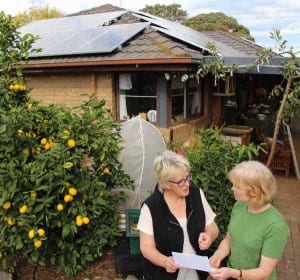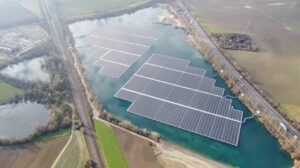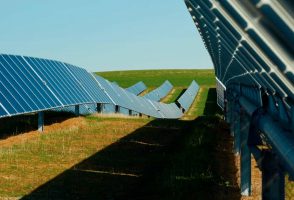Norwegian multinational energy company Equinor has received approval to build a 200 MW floating offshore wind farm off the coast of the Canary Islands which would be the world’s largest planned floating offshore wind farm.
Equinor – a company involved in both the renewable market as well as the oil & gas sector, and controversially in proposed oil drilling in the Great Australia Bight – has confirmed to various trade outlets that it has received a necessary permit to move forward with building the 200 MW floating offshore wind farm, which will require investment of around €860 million (AU$1.3 billion).
The project, to be built in the Canaries Special Zone, could begin operations as early as 2024 – depending on a smooth bureaucratic and regulatory process. The project is expected to create between 120 and 200 jobs during the 20-year lifespan of the project.
Impressively, upon completion, the project will increase the Islands’ total renewable energy capacity by a third. The electricity generated by the project will also be a welcome relief to the Canaries, which currently relies on imported fossil fuels for nearly all its primary energy use.
Canary Islands Minister of Economy, Industry & Trade, Pedro Ortega, explained in a Spanish press release that the development of this potential floating wind farm was an important step towards advancing a more sustainable model for the Canary Islands, and setting the Islands’ up as a leading offshore wind destination.
Equinor is already responsible for the world’s largest operating floating wind farm, the 30MW Hywind Scotland project, which was first approved by the Scottish Government back in late 2015, and which began generating electricity in October 2017.
Hywind Scotland has been a landmark project for Equinor, and for the offshore wind industry as a whole. In early-2018, Hywind Scotland was revealedto be outperforming all expectations, and operating at levels consistently above bottom-fixed offshore wind farms.
Floating offshore wind does not need to rely on specific water-depths but can be tethered to most any depth, allowing projects to be built further out from the shore, out of sight, and accessing stronger and more consistent winds.
Floating offshore wind also serves a further purpose in regions where there are tectonic, volcanic, or extreme weather conditions, where bottom-fixed turbines would simply be implausible.









